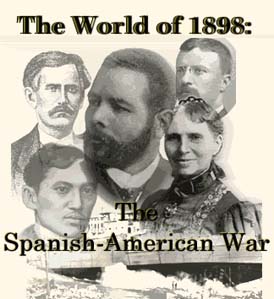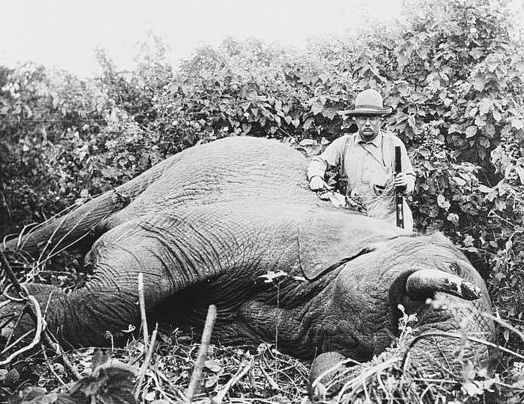
The Treaty of Versailles was signed after WWI at the Versailles Palace. The leaders of the major countries that were involved in the signing were called the Big Four. It is widely believed by many historians that the Treaty of Versailles was what allowed WWII to take place.
The Big Four were David Lloyd George from Britain, George Clemenceau from France, Woodrow Wilson from America and Vittorio Orlando from Italy. They helped make the treaty to make peace by punishing Germany and by setting up the League of Nations. The treaty was signed at Versailles and put in place certain terms that were supposed to keep to keep Germany from being able to make war.
Germany was by no means pleased the treaty. The treaty took away Germany's military power, which was a blow to the country's pride. When some thing like this is taken away from a country they will automatically want to rebel. "Had we known how bad things were in Germany, we might have got stiffer terms:" Great Britain and the German Armistice." (Book Source).
"The Treaty of Versailles created a political climate in Germany in which the right put all the blame on everything that went sour, onto the Treaty and the lost war. And that created this climate in which many people then began to think one had to fight the war once again." (Source).
Although the Treaty of Versailles is known to be "the Treaty that ended World War I," (Book Source), it is believed that this treaty is what allowed World War II to take place. I think that this is a reasonable conclusion to come to because when something valued by a nation or people is taken away the people or nation would want revenge.
The Treaty of Versailles is known as "the Treaty that ended World War I" (Book Source). The irony in this is that the treaty is what allowed the second World War to take place.











